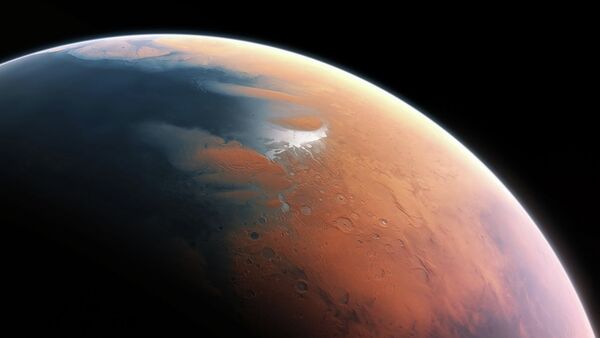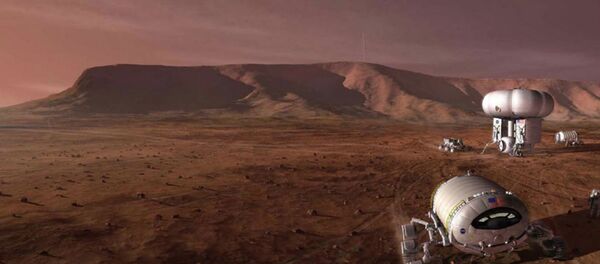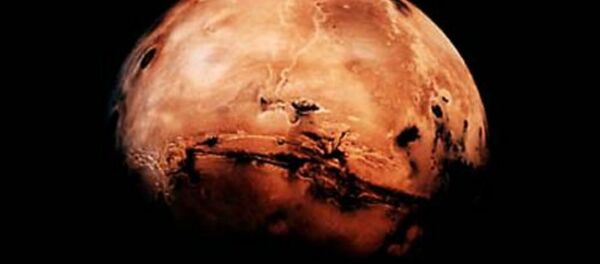But a new research study published in the journal Geology uncovered a basin that may have housed a body of water 36 million years ago — a full 200 million years after scientists believe Mars had seen its last drop of liquid water.
Since water is the basic ingredient for life, the new finding not only challenges previously held assumptions about the Red Planet, but also provides a new basis to search for evidence of life.
The findings came from a study of salt deposits in an 18-square-mile area near the Martian equator, about 100 miles from NASA’s Opportunity rover landing site.
“Just like on Earth, when salts are left somewhere, that probable means that water was there,” Brian Hynek, lead author of the study, told the Business Insider. "So these are indicators that water was there in some form."
In order to figure out how long ago the body of water had been there, and how much of it was there, the researchers had to investigate the age and origin of the salt deposits next. To do so, they had to count the number of impact craters and measure their size across the region.
With images taken by NASA’s Mars Reconnaissance Orbiter, which has been orbiting the planet since 2006, the research team used digital terrain mapping and mineralogical analysis of the areas surrounding the basin to determine its age. The evidence presented in the analysis suggested that the lake flowing through the basin grew large enough to overflow it, and eventually created channels.
As they traced these channels, the team found that they flowed over volcanic plains estimated to be 3.6 billion years old, thus indicating that the lakes themselves must be younger.
"Having a later stage of water on Mars is probably a good thing for the potential for life on that planet because it gave life more time to be conceived," Hykes noted, explaining the significance of their findings. "There was life on Earth when this lake was active so by that analogy, we can say there’s potential that Mars had microbial life and this was a great place where it could have resided."
More importantly, the scientists hope that these latest findings will make the basin a prospective touchdown site for the NASA Mars rover that is slated to launch in 2020.
Hynek believes that the site’s existence raises several key questions that could potentially shape the future search for ancient Martian life.
"That is the million dollar question. Did Mars ever have life?" he said. "If it did, was it like Earth’s life or was it some totally different life form? At least, all life on Earth needs water. This is one of the key requirements and here is a place fairly late-stage in Mars’ history where there was water around."





